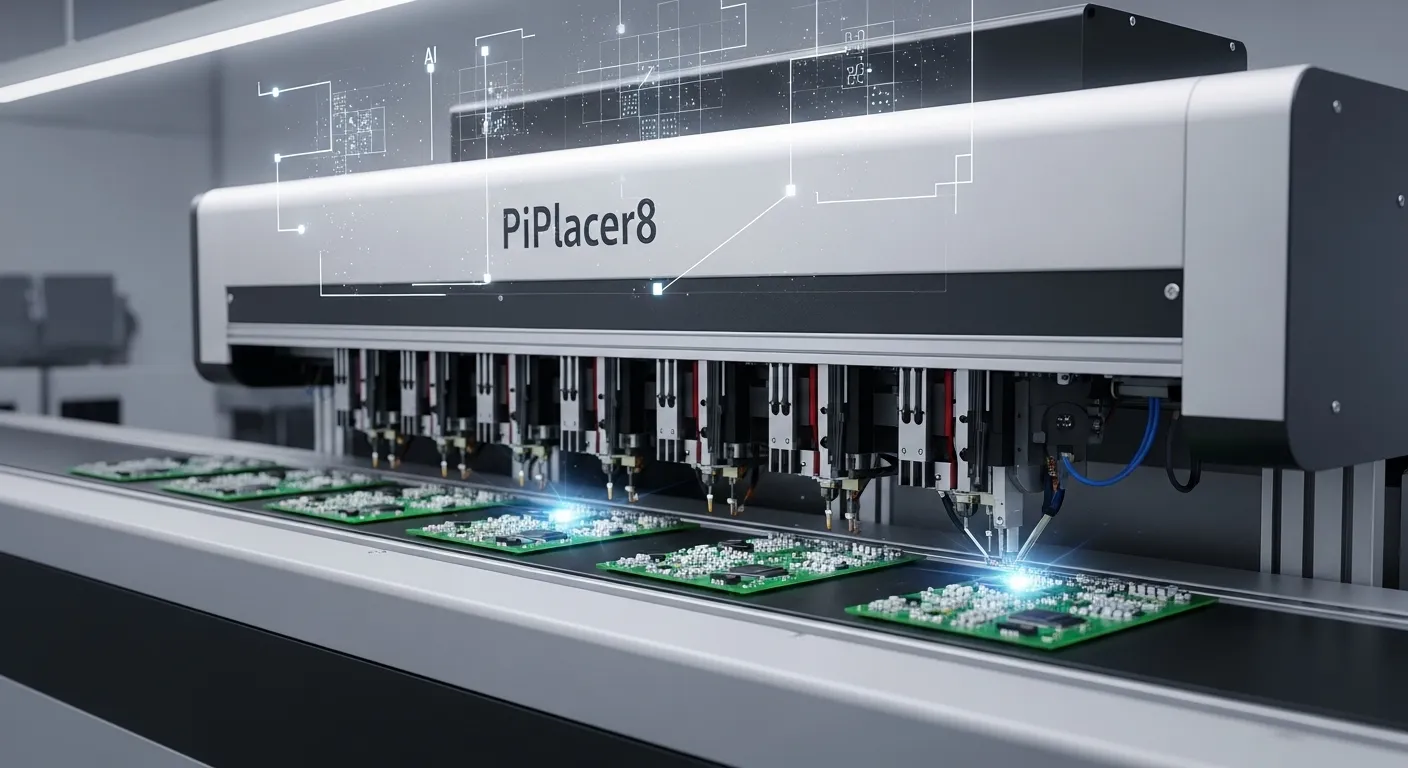A Billion Smart Devices, One Network: Russia Unveils Decentralized IoT Breakthrough

Researchers at MIREA University have developed a new network architecture that could connect up to a billion IoT devices without a central hub—redefining the scale, speed, and resilience of global IoT infrastructure.
No Central Command: Building IoT Without a Single Point of Failure
Traditional IoT networks rely heavily on centralized control systems that serve as the command hub for connected devices. If that center fails, the entire system becomes vulnerable. Researchers at Russia’s MIREA University have eliminated this weak link. They’ve introduced a decentralized architecture that significantly boosts security and allows IoT networks to scale in unprecedented ways.
The breakthrough hinges on the use of a directed acyclic graph (DAG) architecture that replaces linear data processing with parallel operations. In practical terms, this means faster data handling and seamless device coordination, even in massive and complex networks.

Scalable by Design: From Smart Homes to Smart Nations
The system can reportedly connect up to one billion devices within a single network—a feat unmatched by current global standards. A newly developed algorithm allows for distributed synchronization without a command center, enabling fault tolerance and robust data security.
The architecture also includes intelligent load balancing, allowing segments of the network to operate autonomously or integrate into larger ecosystems. This makes it particularly suitable for complex deployments such as smart cities, industrial automation, and autonomous vehicle fleets—sectors where IoT has become a mission-critical tool.

Built on Russia’s Expanding IoT Stack
The new framework is part of a broader national IoT strategy. In 2022, Russia launched IIoT.Istok, an industrial IoT platform designed for remote equipment monitoring and performance analytics. Then in 2023, the country established a national IoT standard that defined modular architecture principles and industrial best practices. MIREA’s contribution builds on this foundation with a solution that rethinks scalability from the ground up.
A Blueprint for Global IoT Standards
MIREA’s model has applications well beyond Russia. With its modular, decentralized structure, it could serve as the basis for next-generation international IoT standards—suitable not only for home and consumer devices, but also for critical infrastructure in energy, transportation, healthcare, and defense.

Most IoT deployments today still struggle to scale efficiently. Centralized systems are vulnerable to bottlenecks and outages, especially as the number of devices grows and network demands become more dynamic. MIREA’s solution could unlock adoption in urban centers still underserved by smart infrastructure, with full-scale rollouts possible within two years.
For emerging markets and Global South nations, the decentralized design offers a strategic edge: resilient, cost-effective, and unconstrained by the rigid hierarchies of legacy systems. If commercialized, this architecture could position Russia as a key exporter of breakthrough IoT infrastructure technologies.










































